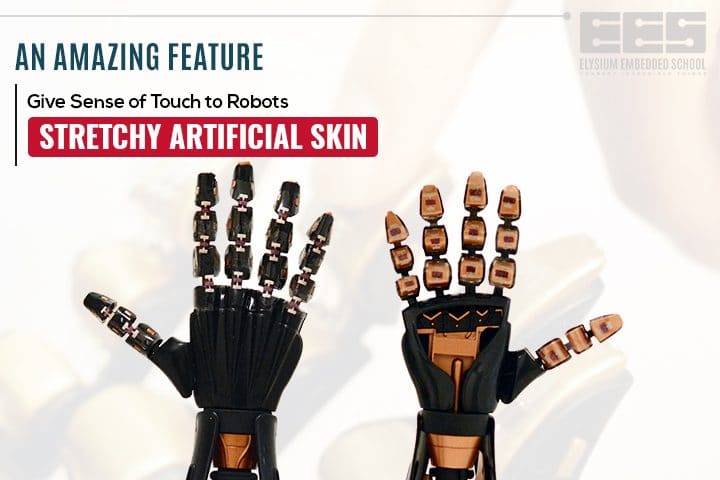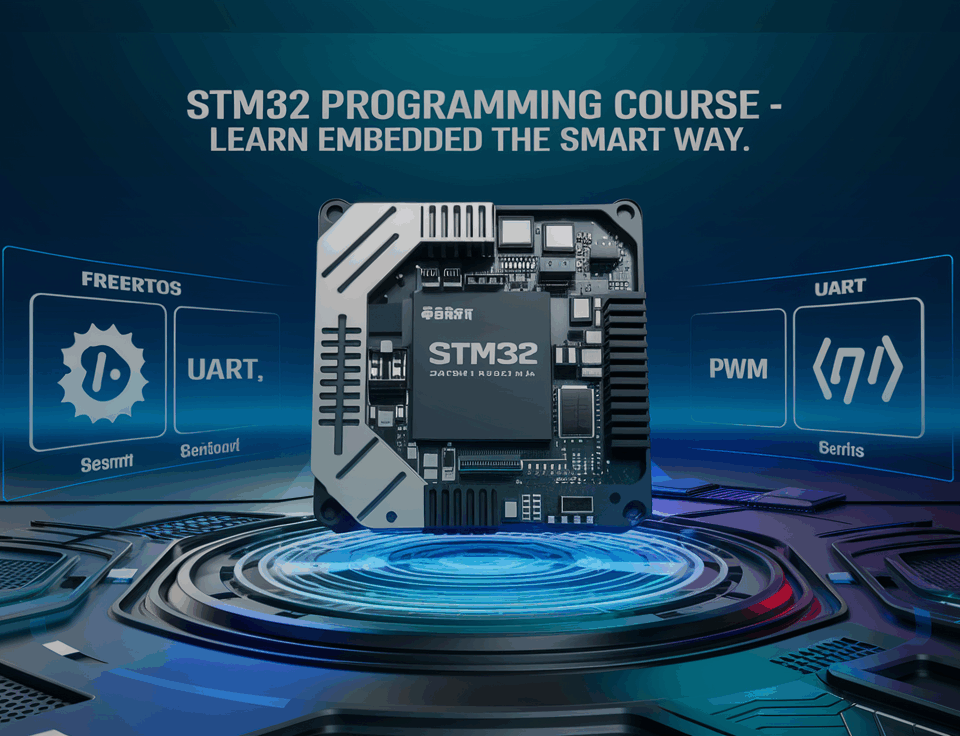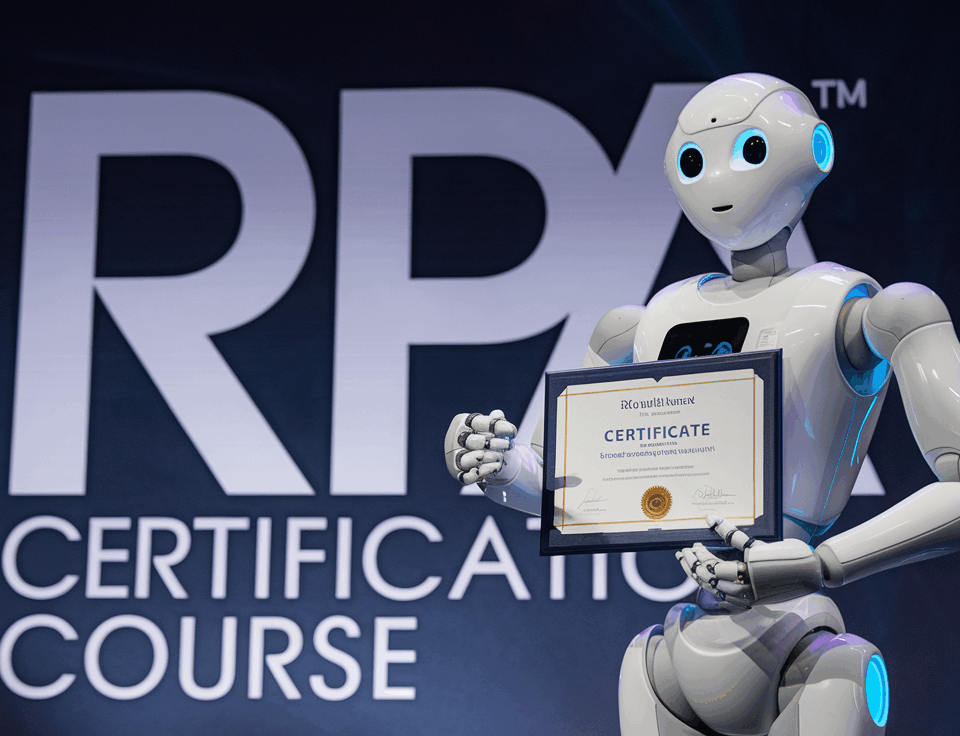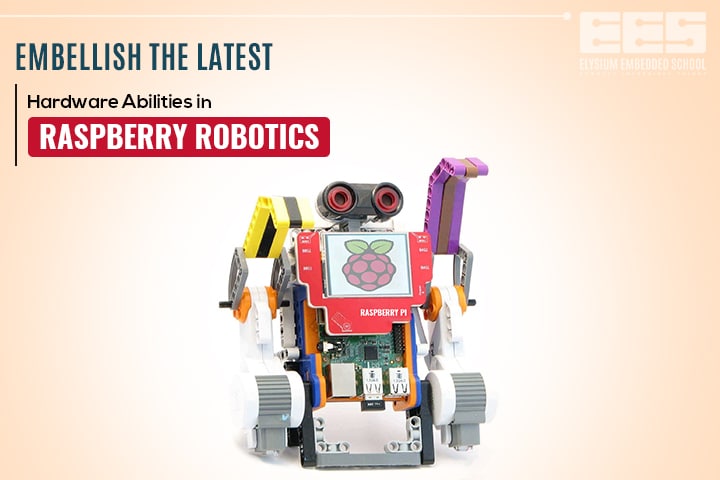
Embellish the Latest Hardware Abilities in Raspberry Pi Robotics
July 23, 2020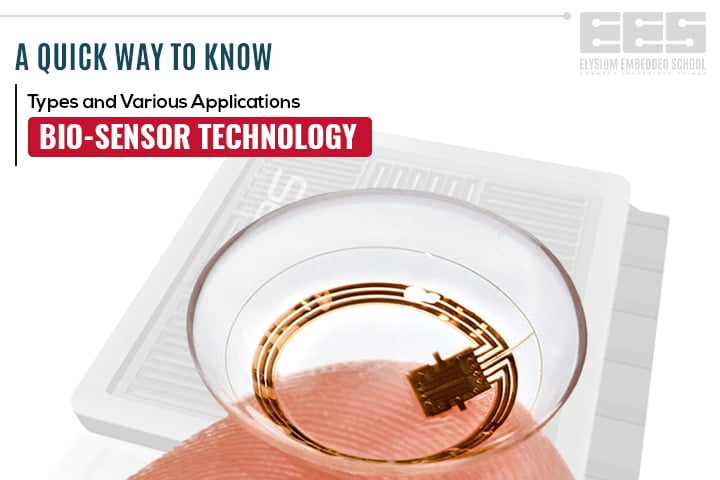
Here’s A Quick Way to Know the Types of Bio-sensor Technology in Various Applications
July 23, 2020Stretchy Artificial Skin: Robots are becoming a human like every day. They are getting human appearances, artificial, and flexibility. In fact, this Stretchy Artificial Skin is rubber sensors and electronics that will operate normally when stretched up to 50 percent of their length work as the artificial skin on the robotics. As well as, it is flexible sensing capacity to a range of electronic devices. Such as human skin the materials are available to the pressure, strain and the temperature is according to the researchers.
Table of Contents
Artificial Skin for Robots
Sensors and rubber electrons that function are normally when that are stretched up into the half of their length and operate its artificial skin on robots. To accurately sense of temperature whether cold or hot water in a cup. In reality, it is converted computer signals where transmit into the robot hand into the finger. Researchers say their inventions solves two key issues, and the challenges may include semiconducting polymer production due to the complexity or cost. Particularly, it will develop sensors that make it uncomplicated which it is performing the human tasks. Such as playing musical instruments, opening a door and also handshaking.
Stretchy Artificial Skin gives a robotic hand a sense of touch
Now, that the research from UCLA and the University of Washington may be implanted to the flexibility sensors into the artificial skin. Which it is enhance over the prosthetics or robotic fingers to develop a robot can able to feel. For the purpose of, robots may performing the human grip and manipulate into the tasks from sense. In reality, skin is the body’s huge organ, and it contains full of nerve endings that will provide the instantaneous information of pain, pressure and also temperature.
Two Approaches to Robotic Skin Materials
In this researchers are leading into the robotics labs that are having several approaches to skin materials for the robots. With this in mind, both the technologies are artificial intelligence laboratory and MIT’s computer science may utilize the orthopedic or prosthetic applications using Stretchy Artificial Skin. In the hope that, the sensor may detect into the tiny vibrations at 800 times per second. It proceed with programmable viscoelastic material. That is to put it differently, PVM, to help to make the tougher, robots safer and also nimbler.
Getting a grip
The soft tissues consist the skin research that the teams hope to utilize modeling and sound waves as immediate and cheap means of finding the tension of skin at any given part of the body for that given person. The first thing to remember, it is hugely important to the surgeons who will need to know in which the direction to cut the skin to avoid the extensive scarring.
Science Advances
The team explains the most semiconductors both the inorganic and also organic are mechanically nonstretchable. Which its make this discovering the huge expressive. Important to realize, the research says it is the first semiconductor in rubber composite format. That enables the stretchability without any special mechanical structure.
In this artificial skin with the silicon-based polymer means PDMS or else polydimethylsiloxane. On the positive side, it is simple and stable than the processing of traditional semiconductors. The artificial skin is electronic progress also it expects its ability to impact to the implement of wearable electronics positively.

